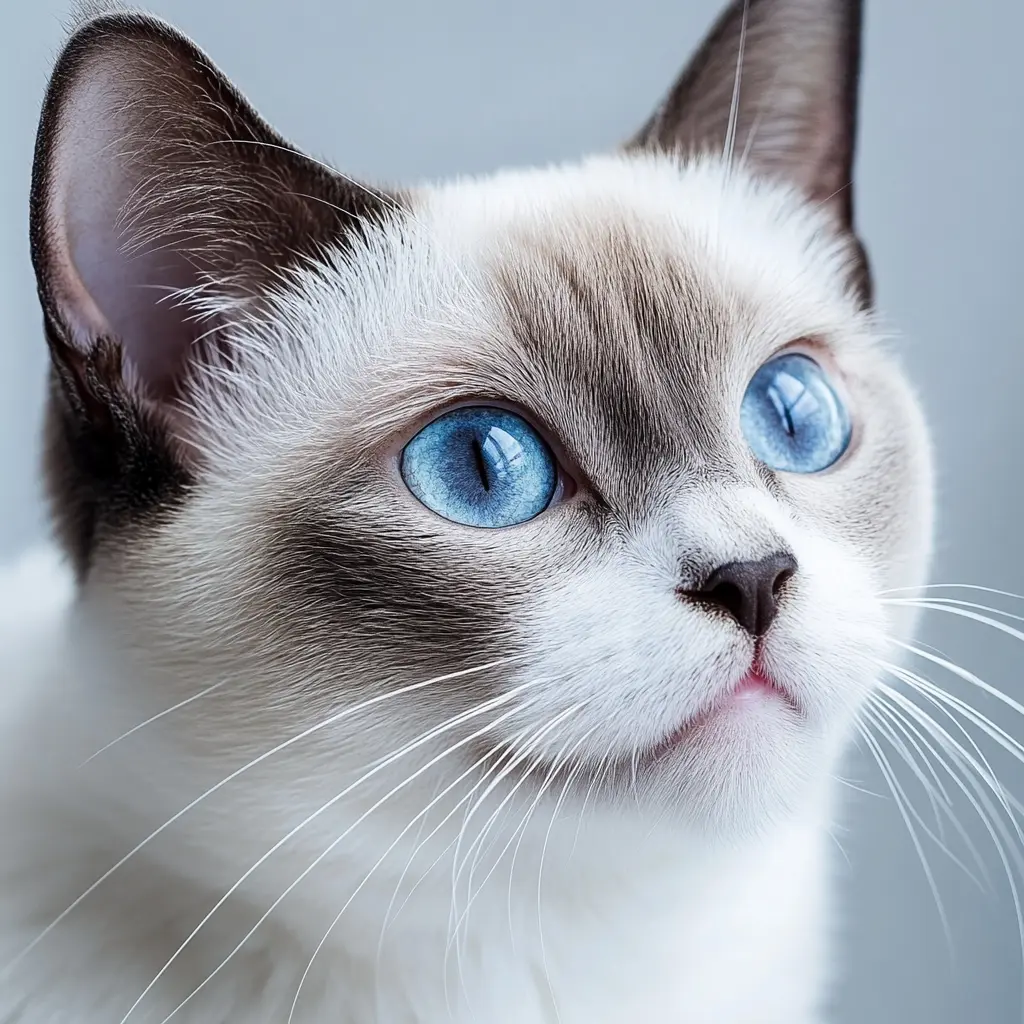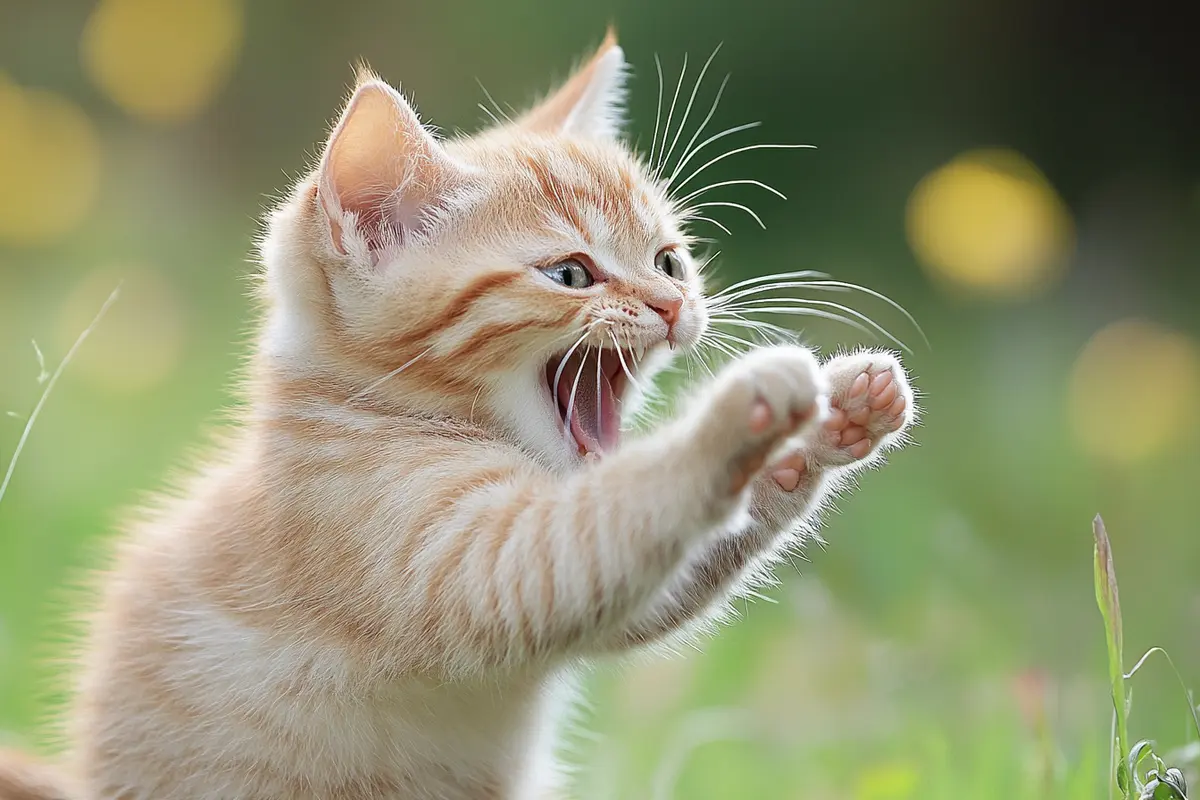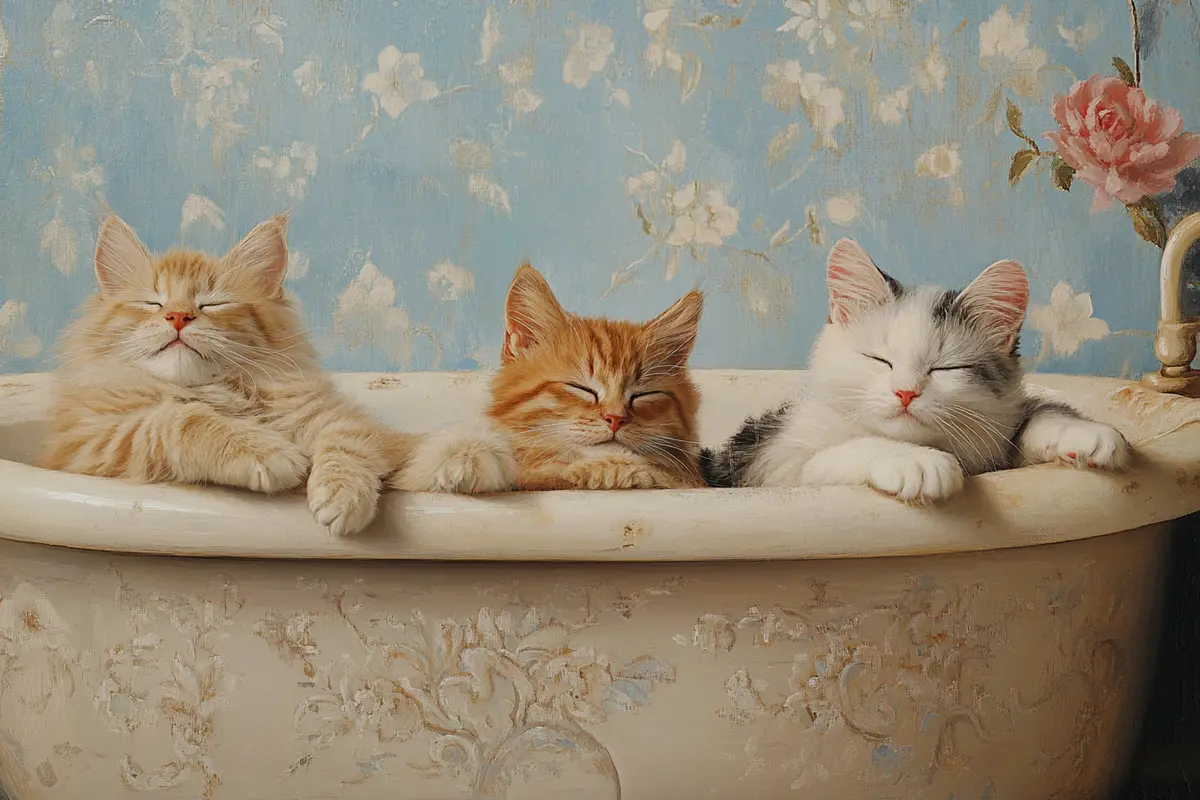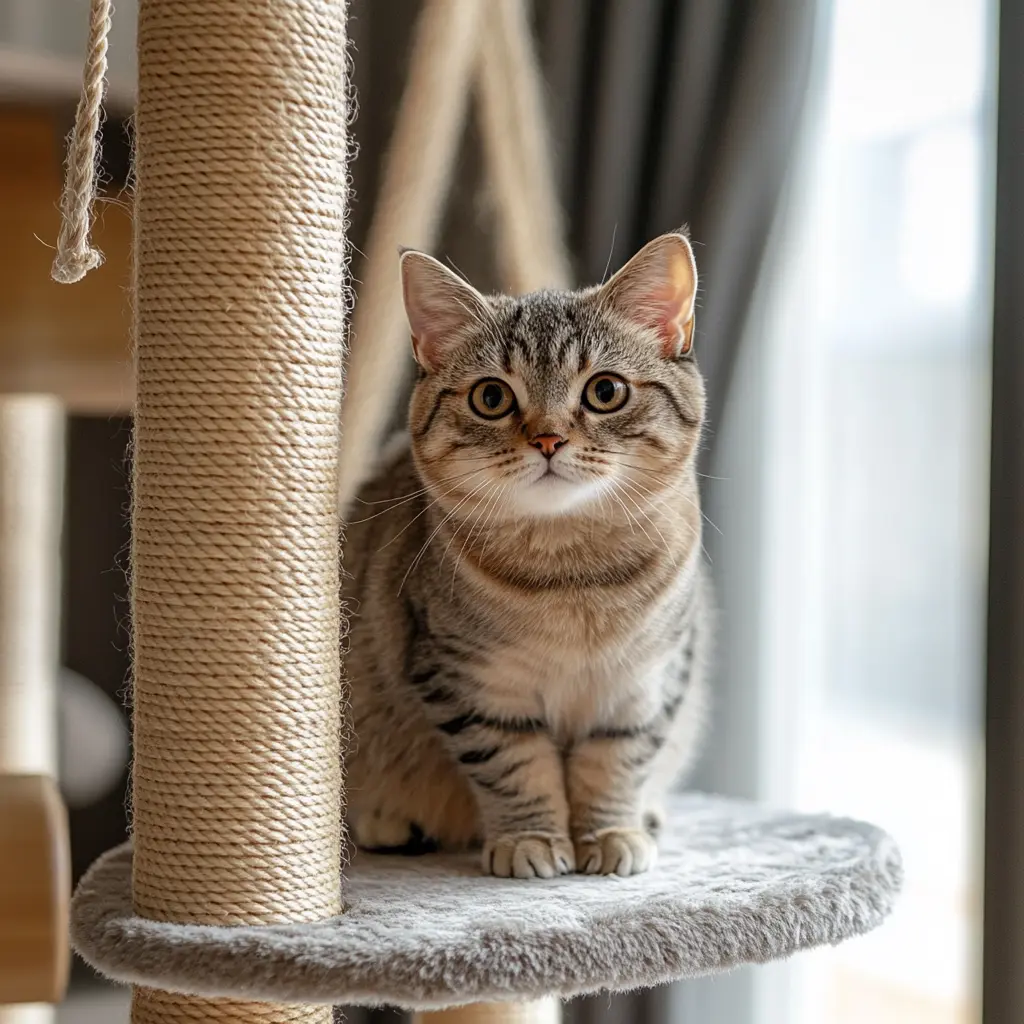Navigating a serious illness with your beloved cat can be an overwhelming experience. Palliative care for cats offers a compassionate approach to managing their comfort and quality of life when facing a life-limiting illness. This article provides a comprehensive guide to understanding palliative care for cats, its benefits, and how you can ensure your feline companion receives the best possible support during this challenging time.
Table of Contents
What is Palliative Care for Cats?
Palliative care for cats focuses on alleviating pain and managing symptoms to improve the cat’s overall well-being. Unlike curative treatment, palliative care doesn’t aim to cure the underlying disease. Instead, it prioritizes comfort, dignity, and quality of life. In addition, it addresses not only the physical needs but also the emotional and psychological well-being of both the cat and their human family.
Accordingly, this holistic approach ensures that the cat experiences as much comfort and joy as possible during their remaining time.
You Might also like Understanding the Optimal Cat Vaccinations Schedule
The Goals of Palliative Care for Cats
The primary goals of palliative care for cats are to:
- Relieve pain and discomfort
- Manage symptoms such as nausea, appetite loss, and difficulty breathing
- Provide emotional and psychological support
- Improve overall quality of life
- Support the cat’s family through the process
- Facilitate informed decision-making about care options
Ultimately, palliative care aims to enhance the cat’s comfort and happiness, allowing them to enjoy their remaining days to the fullest.
Benefits of Palliative Care for Cats
Palliative care offers numerous benefits for cats facing serious illnesses:
- Improved Quality of Life: By managing pain and symptoms, palliative care significantly improves the cat’s comfort and enjoyment of life.
- Reduced Stress: Minimizing discomfort and anxiety helps reduce stress for both the cat and their family.
- Personalized Care: Palliative care plans are tailored to meet the individual needs of each cat, ensuring they receive the most appropriate support.
- Enhanced Comfort: Techniques such as massage, acupuncture, and environmental modifications can enhance comfort and relaxation.
- Support for Families: Palliative care teams provide emotional and practical support to help families cope with the challenges of caring for a sick cat.
- Informed Decision-Making: Families receive guidance and information to make informed decisions about their cat’s care.
Therefore, palliative care not only benefits the cat but also provides invaluable support to their human companions.
Conditions That May Benefit from Palliative Care For Cats
Several conditions may benefit from palliative care for cats, including:
- Cancer: Managing pain, nausea, and other cancer-related symptoms.
- Kidney Disease: Addressing nausea, loss of appetite, and dehydration.
- Heart Disease: Easing breathing difficulties and reducing fluid buildup.
- Arthritis: Providing pain relief and improving mobility.
- Neurological Disorders: Managing seizures, tremors, and mobility issues.
- Diabetes: Helping regulate blood sugar and prevent complications.
- Feline Immunodeficiency Virus (FIV): Managing secondary infections and boosting the immune system.
- Feline Leukemia Virus (FeLV): Providing supportive care to manage symptoms and improve quality of life.
Indeed, any condition that causes chronic pain, discomfort, or significantly impacts a cat’s quality of life may benefit from a palliative care approach.
Creating a Palliative Care For Cats Plan
Developing a palliative care plan involves several key steps:
- Consultation with a Veterinarian: Work closely with your veterinarian to assess your cat’s condition and discuss palliative care options.
- Symptom Assessment: Identify and evaluate the severity of your cat’s symptoms.
- Pain Management: Implement pain relief strategies, such as medication, acupuncture, or laser therapy.
- Nutritional Support: Ensure your cat receives adequate nutrition through palatable and easily digestible food.
- Environmental Modifications: Create a comfortable and supportive environment with soft bedding, accessible litter boxes, and quiet spaces.
- Emotional Support: Provide plenty of love, attention, and gentle interaction.
- Regular Monitoring: Monitor your cat’s condition and adjust the palliative care plan as needed.
Consequently, a well-designed palliative care plan can make a significant difference in your cat’s comfort and well-being.
Pain Management Strategies for Cats
Effective pain management is a cornerstone of palliative care for cats. Several strategies can help alleviate pain and improve your cat’s comfort:
- Medications: Nonsteroidal anti-inflammatory drugs (NSAIDs), opioids, and other pain relievers can provide effective pain relief.
- Acupuncture: This ancient Chinese medicine technique can stimulate the release of endorphins and reduce pain.
- Laser Therapy: Low-level laser therapy can reduce inflammation and promote healing.
- Physical Therapy: Gentle exercises and massage can improve mobility and reduce pain.
- Supplements: Glucosamine, chondroitin, and omega-3 fatty acids may help reduce joint pain.
Furthermore, a combination of these strategies may be necessary to achieve optimal pain control.
Nutritional Support for Cats in Palliative Care For Cats
Maintaining adequate nutrition is essential for cats in palliative care. However, many cats with serious illnesses experience a loss of appetite or difficulty eating. Here are some tips to ensure your cat receives the nutrition they need:
- Offer Palatable Foods: Choose foods that are highly palatable and easy to digest. Wet food is often more appealing than dry food.
- Warm the Food: Warming the food can enhance its aroma and make it more enticing.
- Hand-Feeding: If your cat is reluctant to eat, try hand-feeding small amounts of food.
- Appetite Stimulants: Your veterinarian may prescribe appetite stimulants to encourage eating.
- Feeding Tubes: In some cases, a feeding tube may be necessary to provide adequate nutrition.
Additionally, providing a variety of food options can help identify what your cat finds most appealing.
You might also like 7 Powerful Tips for a Healthy Feline Friend
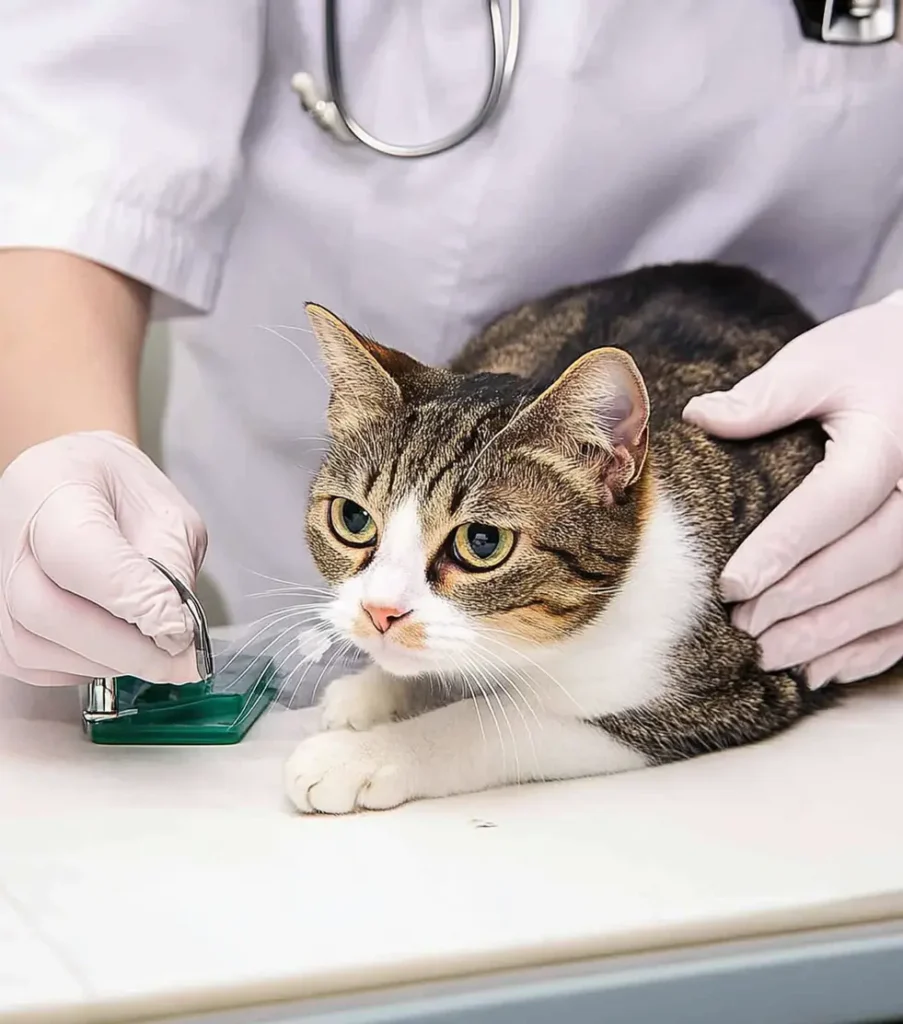
Creating a Comfortable Environment
A comfortable and supportive environment can significantly enhance the quality of life for cats in palliative care. Consider these modifications:
- Soft Bedding: Provide a soft, comfortable bed in a quiet, warm location.
- Accessible Litter Boxes: Ensure litter boxes are easily accessible, especially for cats with mobility issues.
- Ramps or Steps: Use ramps or steps to help your cat access their favorite spots.
- Quiet Spaces: Create quiet, secluded areas where your cat can retreat to rest and relax.
- Temperature Control: Maintain a comfortable room temperature to prevent overheating or chilling.
Therefore, a thoughtfully designed environment can make a big difference in your cat’s comfort and well-being.
Emotional and Psychological Support
Palliative care for cats extends beyond physical comfort to include emotional and psychological support. Cats experiencing serious illnesses may feel anxious, depressed, or confused. Here are some ways to provide emotional support:
- Spend Quality Time: Dedicate time each day to spend with your cat, offering gentle petting, grooming, and conversation.
- Maintain Routine: Stick to a consistent daily routine to provide a sense of security and predictability.
- Provide Safe Spaces: Ensure your cat has access to safe, quiet spaces where they can retreat when feeling overwhelmed.
- Minimize Stress: Reduce exposure to loud noises, unfamiliar people, and other stressors.
- Consider Calming Aids: Products such as pheromone diffusers or calming treats may help reduce anxiety.
In addition, showing your cat love and affection can provide immense comfort and reassurance.
The Role of the Veterinary Team
Your veterinary team plays a crucial role in providing palliative care for cats. They can:
- Assess your cat’s condition and develop a palliative care plan.
- Prescribe medications to manage pain and other symptoms.
- Provide guidance on nutritional support and environmental modifications.
- Offer emotional support and counseling to you and your family.
- Coordinate with specialists, such as oncologists or neurologists, as needed.
- Offer guidance on end-of-life decisions and euthanasia.
Consequently, maintaining open communication with your veterinary team is essential for providing the best possible care for your cat.
Making End-of-Life Decisions
One of the most difficult aspects of palliative care is making end-of-life decisions. It is important to consider your cat’s quality of life and overall well-being when deciding whether to continue treatment or pursue euthanasia.
- Assess Quality of Life: Use a quality-of-life scale or consult with your veterinarian to assess your cat’s overall well-being.
- Consider Their Comfort: Are they free from pain and discomfort?
- Evaluate Their Appetite: Are they eating and drinking adequately?
- Observe Their Activity Level: Are they able to engage in their favorite activities?
- Discuss Options with Your Veterinarian: Explore all available options and discuss the potential benefits and drawbacks of each.
- Consider Your Own Emotional Well-Being: Seek support from friends, family, or a therapist to help you cope with the emotional challenges of end-of-life decisions.
Therefore, making these decisions with compassion and careful consideration can ensure your cat’s comfort and dignity.
The Importance of Hospice Care
Hospice care is a specialized form of palliative care that focuses on providing comfort and support during the final stages of life. Hospice care can be provided in your home or at a veterinary hospice facility. Hospice services may include:
- Pain management
- Symptom control
- Nutritional support
- Emotional support
- Grief counseling
- Euthanasia services
Furthermore, hospice care can provide invaluable support and comfort to both cats and their families during this difficult time.
When to Consider Euthanasia
Euthanasia is a compassionate option to consider when a cat’s quality of life has declined significantly, and palliative care can no longer provide adequate relief from pain and suffering. Consider euthanasia when:
- Your cat is experiencing chronic, uncontrolled pain.
- They are no longer eating or drinking.
- They are unable to engage in their favorite activities.
- They are experiencing significant cognitive decline.
- Their overall quality of life is poor.
Moreover, discussing these factors with your veterinarian can help you make an informed and compassionate decision.
Coping with Grief
Losing a beloved cat is a deeply painful experience. Allow yourself time to grieve and seek support from friends, family, or a grief counselor. Remember that grief is a natural and normal response to loss, and it is important to be patient with yourself as you navigate the grieving process.
- Allow Yourself to Grieve: Don’t suppress your emotions. Allow yourself to feel sad, angry, or whatever else you may be feeling.
- Seek Support: Talk to friends, family, or a therapist about your feelings.
- Join a Support Group: Connecting with others who have experienced similar losses can provide comfort and understanding.
- Create a Memorial: Create a lasting tribute to your cat, such as a photo album, memorial garden, or donation to a pet charity.
- Take Care of Yourself: Ensure you are getting enough rest, eating well, and engaging in activities that bring you joy.
Therefore, remember that healing takes time, and it is important to be kind to yourself during the grieving process.
Conclusion: Providing Compassionate Care
Palliative care for cats offers a compassionate and comprehensive approach to managing the comfort and quality of life for cats facing serious illnesses. By focusing on pain relief, symptom management, and emotional support, palliative care can significantly improve your cat’s well-being and provide invaluable support to their human family. Remember to work closely with your veterinary team to develop a palliative care plan that meets your cat’s individual needs, and to make informed decisions about their care with compassion and love. Ultimately, palliative care ensures that your feline companion enjoys their remaining days to the fullest, surrounded by comfort and affection.
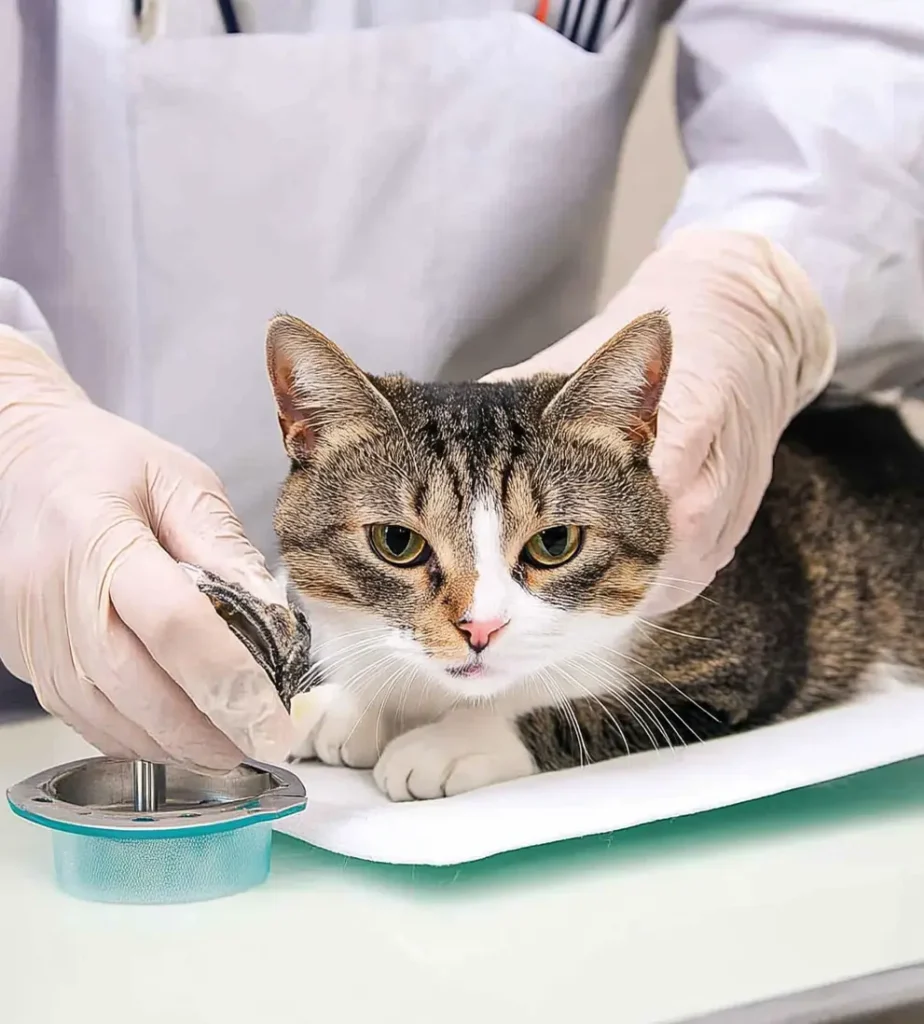
Frequently Asked Questions Palliative Care for Cats
How long can a cat live on palliative care?
The length of time a cat can live on palliative care varies widely depending on the underlying condition and its severity. Some cats may live for several months or even years with palliative care, while others may only live for a few weeks. The goal of palliative care is to improve the cat’s quality of life for however long they have left.
What is a palliative cat?
A “palliative cat” is a cat who is receiving palliative care. This means they have a serious or life-limiting illness and are receiving care focused on managing their symptoms and improving their quality of life rather than seeking a cure. Palliative care aims to make the cat as comfortable and happy as possible.
How do you care for a terminally ill cat?
Caring for a terminally ill cat involves several key aspects:
- Pain Management: Ensure they are receiving adequate pain relief through medication or other therapies.
- Nutritional Support: Provide palatable and easily digestible food, and consider hand-feeding if necessary.
- Comfortable Environment: Create a warm, quiet, and comfortable environment with soft bedding and accessible amenities.
- Emotional Support: Spend quality time with your cat, offering gentle petting and reassurance.
- Veterinary Care: Work closely with your veterinarian to monitor their condition and adjust the care plan as needed.
How to know if a cat is at the end of life?
Signs that a cat may be at the end of life include:
- Loss of appetite and weight loss
- Decreased activity level and withdrawal from social interaction
- Difficulty breathing or other signs of respiratory distress
- Inability to control urination or defecation
- Unresponsive to stimuli
- Severe pain that cannot be controlled with medication
Consult with your veterinarian to assess your cat’s condition and determine the best course of action.
